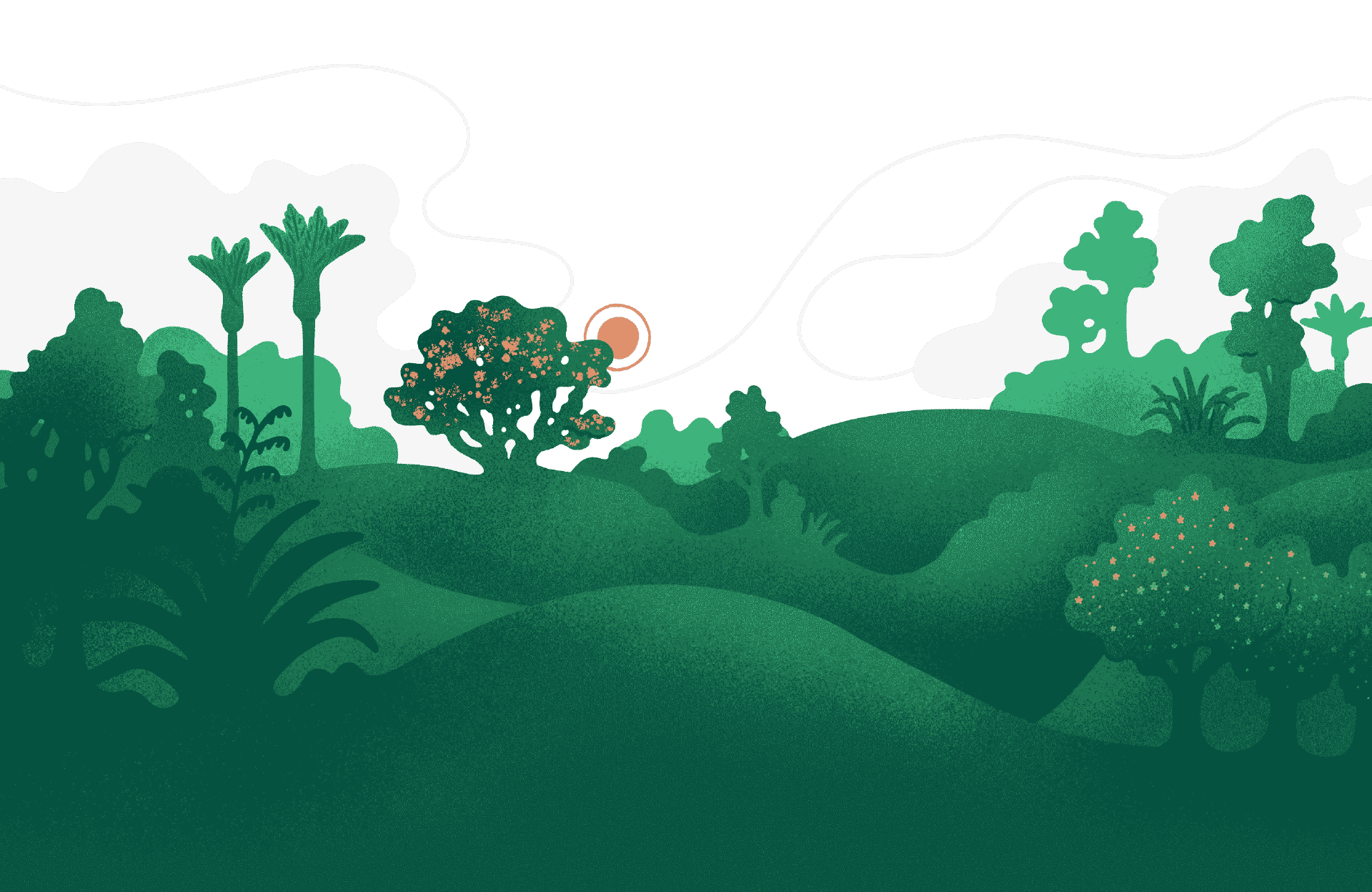
Reframing Thoughts
Reframing Thoughts are patterns in your thoughts and beliefs, which lead to practical and emotional problems in your everyday life

What is Reframing Thoughts?
Reframing thoughts is when you actively notice unhelpful thoughts in your mind and reframe them into more useful thoughts.
There are some common patterns in people’s thoughts which can lead to practical and emotional problems in everyday life. These are sometimes known as ‘thought distortions’. For example, you might have a rule that “I always put others needs above my own self-care", which can lead to burnout. It can be helpful to learn about common unhelpful thought patterns and how to reframe them.
How does it help?
The way you think about what's happening affects the way you feel and behave. For example, if you think other people's needs are always more important than your own, then you may feel sad when you’re alone and always seek to be around people.
By learning to recognise unhelpful thought patterns and reframe them over time, you will begin to feel better and make decisions that support your overall sense of wellbeing.

FAQs
What are the types of unhelpful thought patterns?
Some types of unhelpful thought patterns include:
- Black-and-white thinking: Seeing things as “either/or” with no shades of grey in between.
- Overgeneralisation: Expecting something that happened once or twice to keep happening.
- Catastrophising: Expecting disaster to strike no matter what, “but what if?…”
What if reframing my thoughts doesn’t help?
It’s important to understand that your thought patterns have formed over your lifetime and, like other habits, take a while to change. For example, it can take a while to get used to a new cell phone, but through repetition and mistakes, you adapt to the new layout.
Focus on noticing and changing one unhelpful thought pattern at a time. Every time you notice one of these patterns in your thoughts, stop and remind yourself to reframe your thinking. You can come back to the Reframing Thoughts tool to help you with this. Eventually, the new way of thinking will take over, just like adapting to a new cell phone.
Maybe I’m not good enough?
Not being ‘good enough' is a type of unhelpful belief. These types of beliefs are often hard to see, kind of like the roots of a tree. They are generally formed in childhood through either intense experiences or a series of similar experiences building up over time. Actively reframing thoughts over time can also help you reframe unhelpful beliefs into more positive alternatives.

Try Reframing Thoughts now
Small Steps Toolbox
These tools have been developed to help with feelings of anxiety, stress, or low mood. Each tool only takes a few minutes. Health and wellbeing is an ongoing journey - so try them out and see what works for you.
Te Whakatau i te Wairua
Mā tēnei tūmahi ka kite koe i te pānga o ō mahi ki ō kare ā-roto. Kei konei hoki ētahi tūmahi hei hiki ake i ō kare ā-roto.
Te Mātai Aronui
I tēnei tūmahi mātai aronui, ka arahina koe e tētahi oro māmā ki te āta rapu atu i ngā āhuatanga rerekē o ētahi whakaahua, ā, kia pērā anō tō titiro ki tō ao.
Te Mōhio ki ngā Tohu
I tēnei tūmahi, ka arahina koe ki te tautohu i ngā rongo o te tinana i te wā e pā kinohia ana tō ngākau. Mā ēnei tohu koe hei ārahi ki tētahi ara rerekē, arā, ki te mahi i tētahi o ngā tūmahi, ki te te tiaki rānei i a koe anō.
Te Āta Whakahā
He tikanga whakaataata tēnei, e āta whakahā ai te tangata, ki roto, ki waho anō kia tau te mauri, kia whakatā hoki te wairua. E arahina ana tēnei tūmahi e tētahi ata tāoreore e ngongo ana, e tuku ana hoki i te hau.
Te Whakarongo Pīkari
Mā tēnei pūkenga, ka āta arotahi koe ki ngā kupu a te tangata, kaua ki ētahi wāhi anake o āna kōrero. I tēnei tūmahi, ka whakangungua koe ki te whakarongo, ki te āta mōhio hoki i ngā wā e aro atu ana koe ki wāhi kē.
